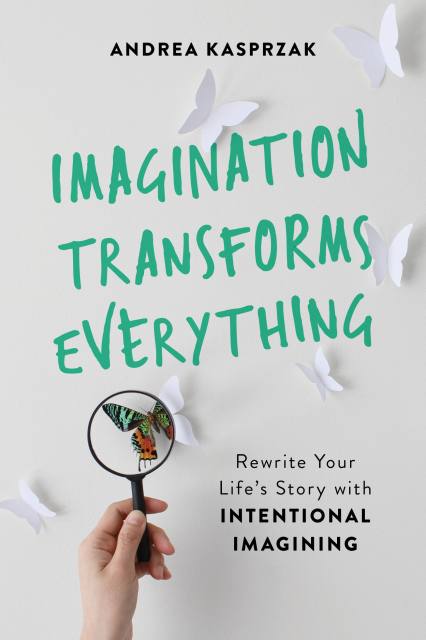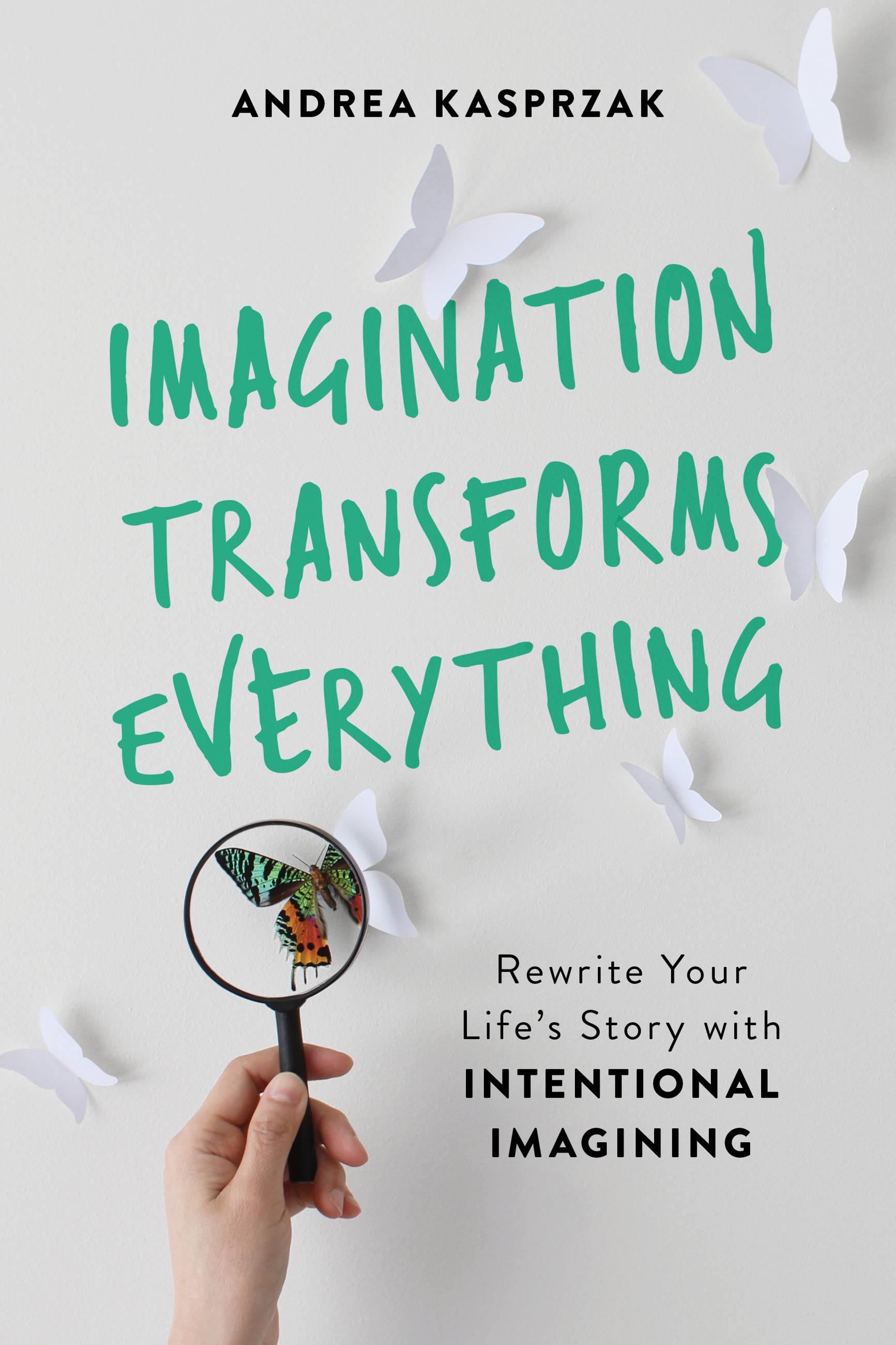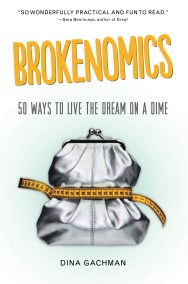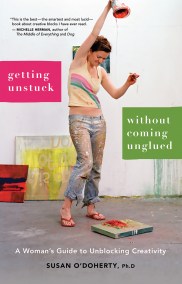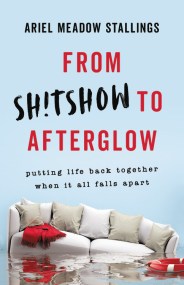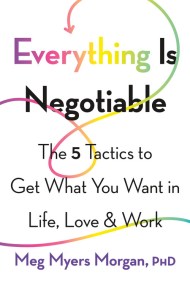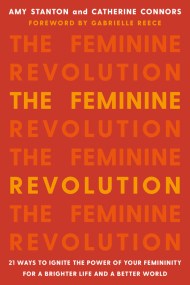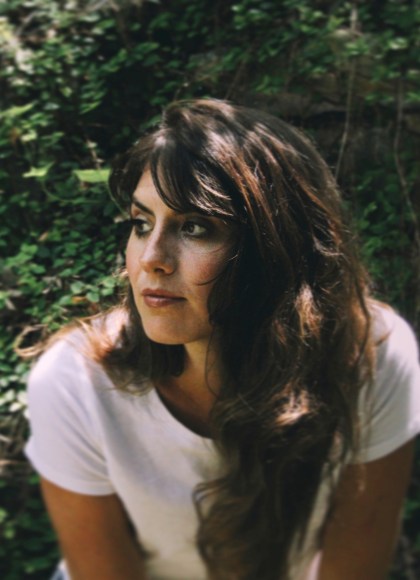Promotion
Use code MOM24 for 20% off site wide + free shipping over $45
Imagination Transforms Everything
Rewrite Your Life's Story with "Intentional Imagining"
Contributors
Formats and Prices
Price
$11.99Price
$15.99 CADFormat
Format:
- ebook $11.99 $15.99 CAD
- Trade Paperback $16.99 $22.49 CAD
This item is a preorder. Your payment method will be charged immediately, and the product is expected to ship on or around May 14, 2019. This date is subject to change due to shipping delays beyond our control.
Also available from:
The Secret for a new generation, Imagination Transforms Everything helps readers to harness the transformative power of our imaginations. Using a voice-driven personal narrative, scientific research, and practical exercises, debut author Andrea Kasprzak introduces the concept of “intentionally imagining,” which entails taking time to disconnect and daydream, using journaling to track those daydreams, and turning them into intentions to fulfill our goals.
The author draws on her own experiences, the law of attraction theory, and intention research to give practical steps for stopping limiting self-talk, unfulfilling narratives, and the endless digital cycle sucking up our attention. Ultimately, “intentional imagining” promises to result in greater clarity about who we are and what we want, so that we can act in ways that align with that clarity.
Genre:
- On Sale
- May 14, 2019
- Page Count
- 256 pages
- Publisher
- Seal Press
- ISBN-13
- 9781580058278
Newsletter Signup
By clicking ‘Sign Up,’ I acknowledge that I have read and agree to Hachette Book Group’s Privacy Policy and Terms of Use
